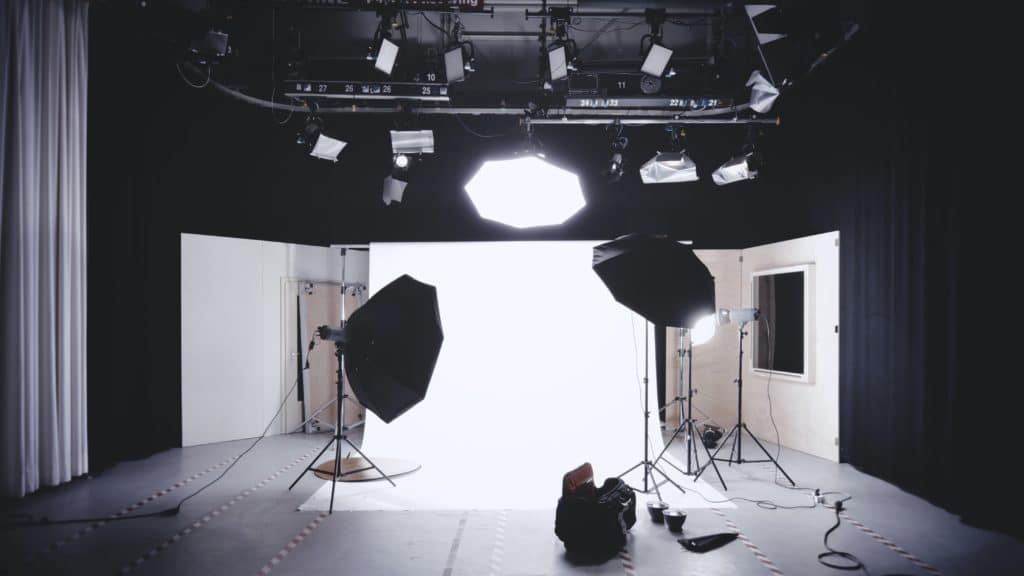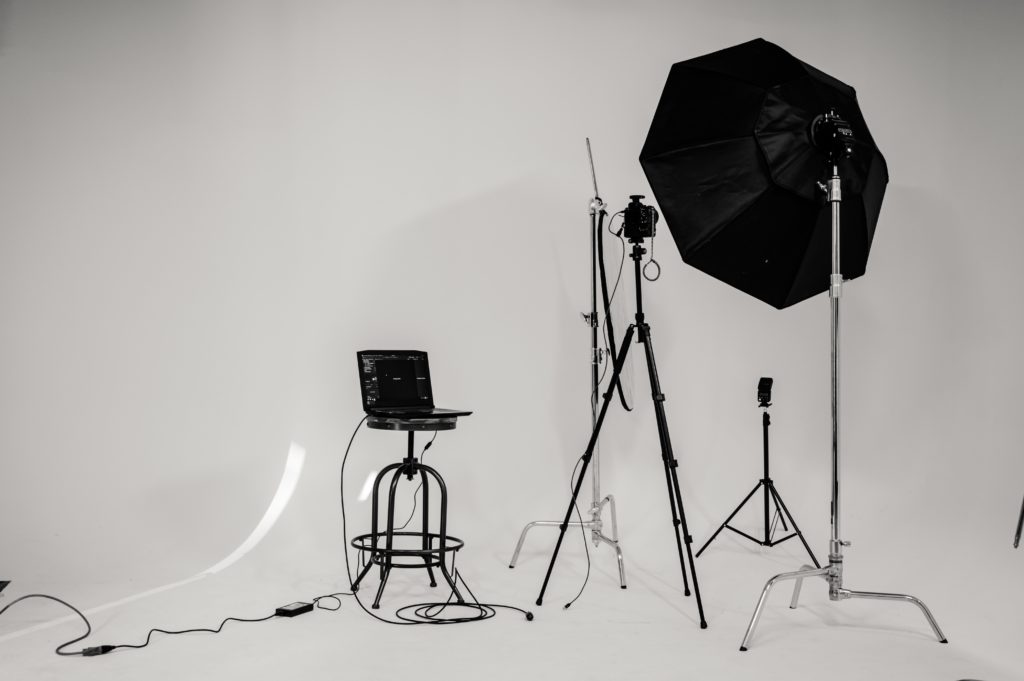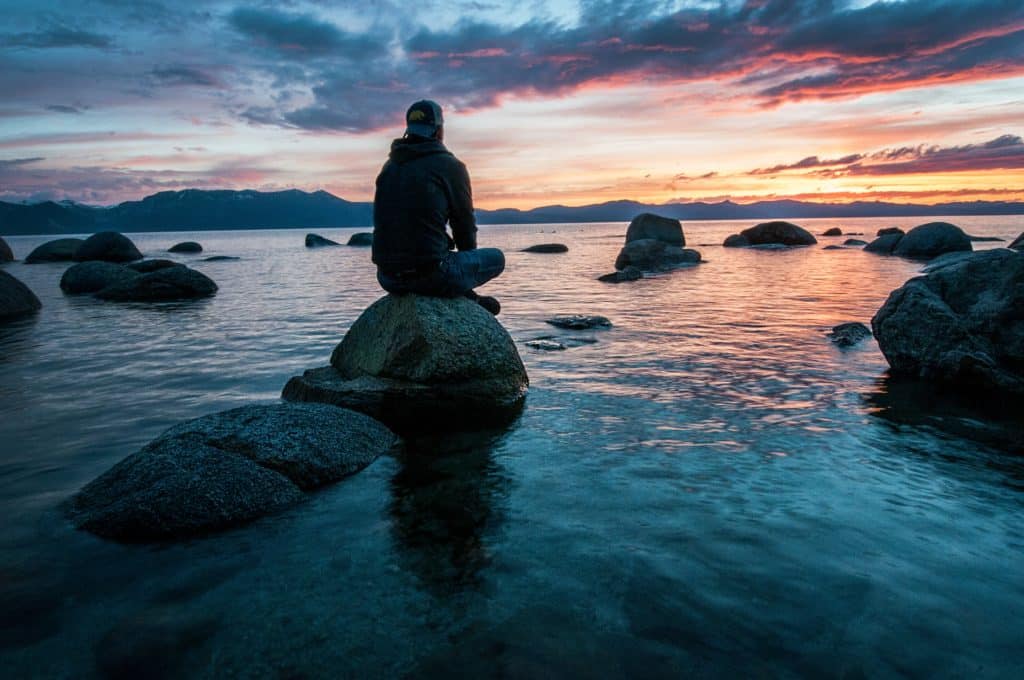One Basic Film Lighting Rule
Article by Colette Nichol, Solo Filmmaker and Story Strategist

Clouds are your friends when making films and videos.
Emotions don’t have to be big epic ones.
Find out by watching the video below.
You’ll discover how to use cinematic lighting techniques to create soft light that wraps your subject in a warm glow and makes them look awesome. Perfect for interviews and vlogging. Plus, learn how to turn harsh light into lovely light. And a pro tip that gives you foolproof lighting set up in about 3 minutes. Bam!
If you’re trying to get better at lighting and learn some film lighting techniques, then this video will help you understand one of the most essential elements of lighting.
Keep reading for a breakdown of some of the key points in the video.
For review only! Definitely watch the video, as seeing it will help you understand these concepts better.
If you don’t understand the qualities of light, then you’re going to be guessing at what you’re doing – even when filming in natural light.
It’ll be difficult to use light to illuminate your subjects, to shape shadows, and to tell a story. And buying or renting the right lights for you and then using them properly will be nearly impossible.
Hard light is light whose rays are all heading in one direction.
Hard light is not scattered; it is a directional light. Like a flashlight. Or the headlights of a car.
Hard light creates strong shadows.
It will illuminate every detail of a subject.
One single light with diffusion or bounce off the ceiling creates a TON of light.
The light used in the video to demonstrate is a 1000-watt tungsten, which is an open-face light made by Ianiro.
These film lights are affordable and lightweight. And as you can see in the video, a single light with diffusion or bounce off the ceiling creates a TON of light. Perfect for a quick interview set-up or for vlogging.

You can also use this light for a dramatic look, using the barn doors to shape the shadows.
Hard Light often involves a lens, which focuses the light in a single direction. The lens can often be adjusted to create a wider or narrower stream of light.
Think of a theatre spotlight. You might have seen this at a concert (or in a Batman movie!) A follow spot is created with hard light.
The larger the source of light, the softer it will be.
Soft light is light whose rays are broken up—shining in many directions.
That’s why people use gigantic softboxes to light subjects. They want super soft light to wrap around the subject.
Clouds are a form of diffusion which creates soft, beautiful light with no harsh edges.

Soft light is perfect for filmmaking.
As a bonus, cloud coverage prevents continuity issues with your footage as well. When there aren’t harsh shadows, you don’t have to worry so much about matching shots when shooting a master and coverage.
Take the Film Lighting Challenge:
Learning about cinematic lighting is hard if you’re not trying out studio lights or going outside and shooting under all sorts of lighting conditions. So, I challenge you to rent a studio light that you’ve never used before and try it out!
You can even film yourself if you don’t have a subject.
You only get better at lighting by using lights and experimenting with sunlight and subjects.
Related Post: 4 Essential Film Lighting Types Every Filmmaker Should Know

About the Author
Hi! I’m Colette Nichol. I’m a solo filmmaker and story strategist based out of rainy Vancouver, Canada. I’ve been making videos and micro films for small businesses and global brands since 2014.
Plus, I LOVE to help aspiring filmmakers pursue their dreams and start making films. This blog is designed to help you gain the knowledge you need to become a filmmaker.
If you want more, get on the waitlist for the Story Envelope Academy Solo Filmmaking Mentorship Program. It opens up one time per year and is the best way to become a filmmaking or video pro fast!
CLICK HERE to get on the solo filmmaking mentorship waitlist.